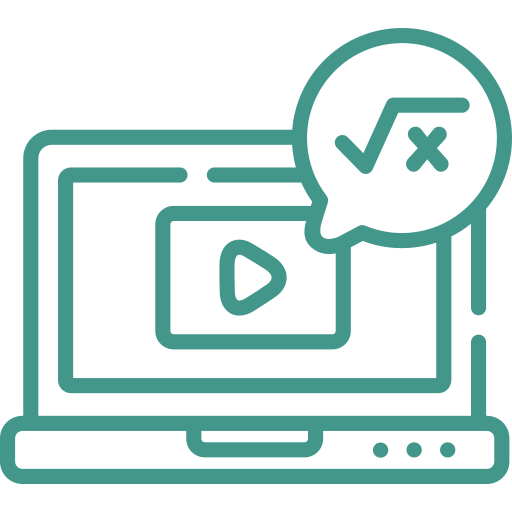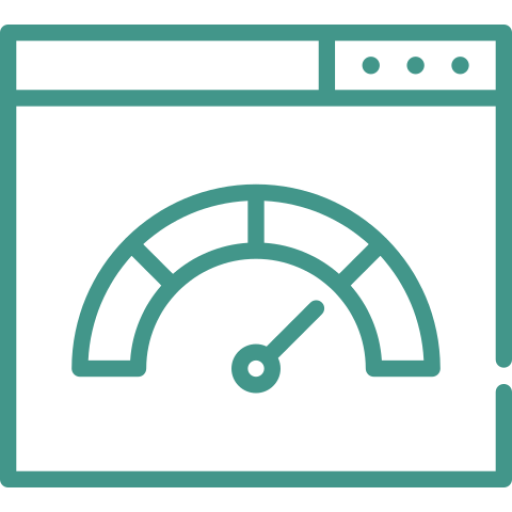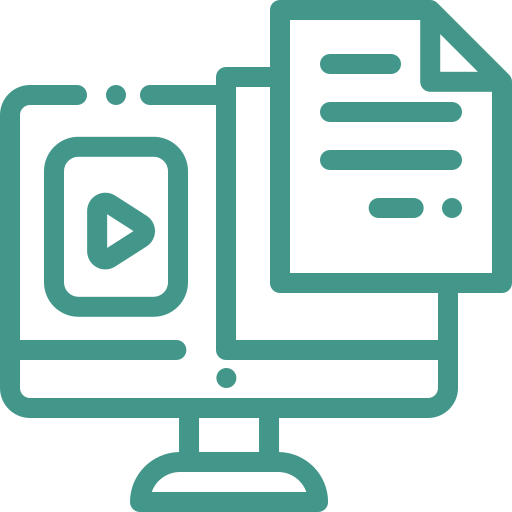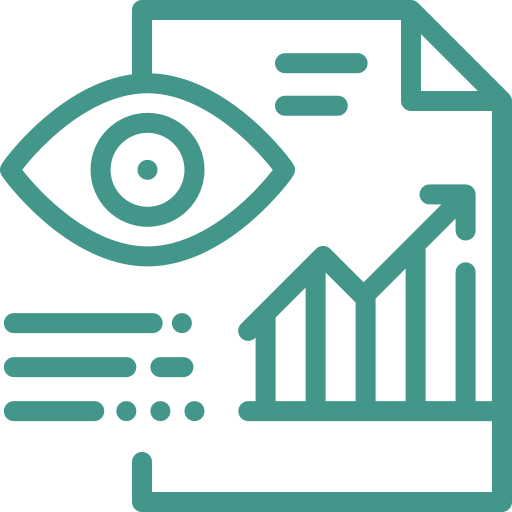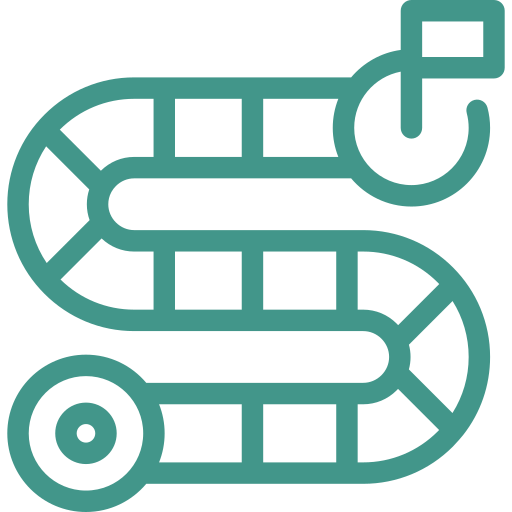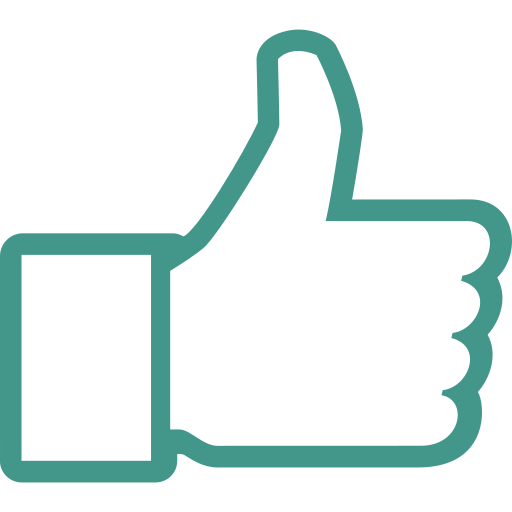
Math Intervention Program
Differentiated online math curriculum for intervention, remediation, and enrichment

Online K-9 supplemental math curriculum that targets each student’s learning gaps
LGL Math Edge provides a research-based, data-driven, systematic math curriculum that increases student math abilities across any mathematics initiative
- Highly effective, diagnostic-driven lessons that close learning gaps and boost student math skills & concepts
- Supplemental personalized lessons applicable for math centers, pull-out interventions, or general math classrooms
- Automatically generated scaffolded lessons appropriate for MTSS/RTI’s Tier 1, Tier 2, and Tier 3 students
- Deficit gap-focused supplemental SDI for students with IEPs
- Evidence-based supplemental mathematics intervention lessons highly effective and motivating
- Data support for site planning and grade-level teachers’ PLCs
- Two assignment options: Automated personalized course or teacher directed
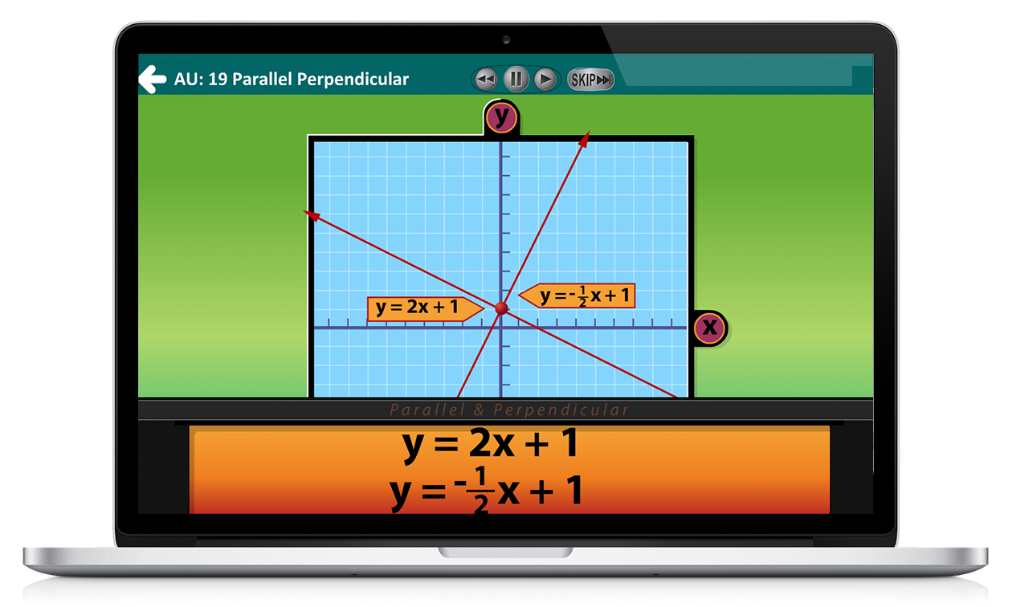
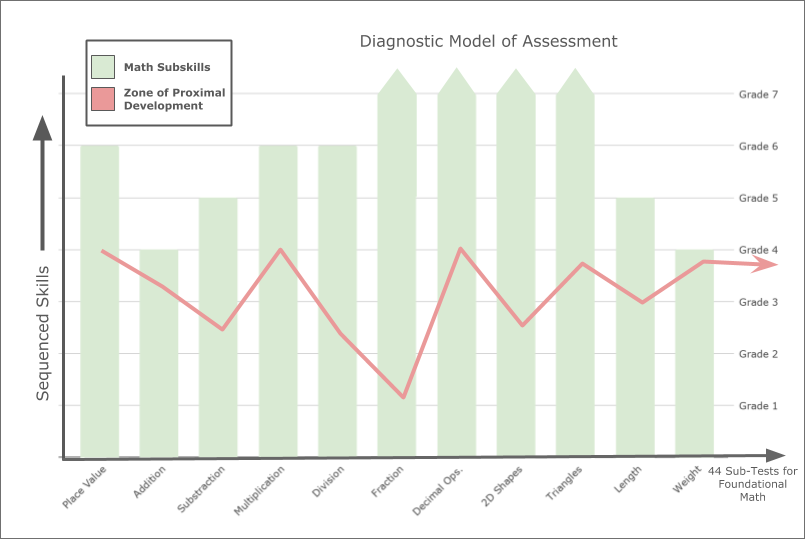
Above: Math broken into 44 foundational sub-tests; Below: Each sub-test breaks further into teachable skills and concepts
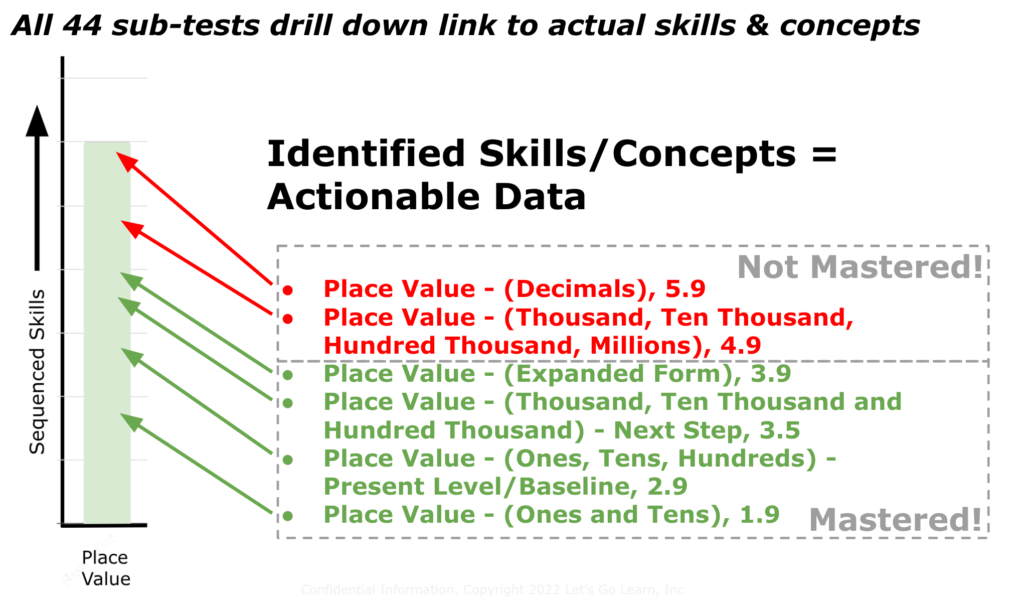
Actionable diagnostic data automatically creates LGL Math Edge learning paths in each student’s Zone of Proximal Development (ZPD).
Let’s Go Learn’s adaptive assessments diagnose a student’s mastery of all grade-level standards. While less effective assessments use predictive algorithms, LGL’s research-based diagnostics do not guess at missing data. Our diagnostics break math standards apart, identify student learning gaps, and then automatically create each student’s learning path.
Regardless of a student’s grade or age, LGL Math Edge‘s supplemental math lessons are always in a student’s zone of proximal development (ZPD), providing equity and access for all students. Lesson are selected across 44 parallel instructional paths of scope-and-sequenced mathematical concepts, skills, strategies, and processes. Students at all ability levels in elementary school, middle school, and high school get exactly what they need at the right level with built-in cognitive processing strategies and metacognitive strategies. LGL Math Edge‘s personalized learning paths provide a variety of scaffolded resources for math teachers and systemically lead to accelerated student progress and increased mathematical thinking.
Research-based instruction is personalized to each student’s mathematics needs.
LGL Math Edge uses the same instructional levels identified during our diagnostic assessments to generate an engaging, personalized math program for each student. Every LGL Math Edge lesson provides explicit instruction and practice that is in a student’s ZPD and cognitively accessible through animations, songs, graphics, and interactivity. Students are engaged with properly leveled content that reinforces newly mastered skills and concepts during gamified instructional practice.
Because practice activities are designed to feel like games for students, individuals are motivated to play until they reach optimum “scores” that act as progress indicators. Practices deepen conceptual understanding and critical thinking and can be used for independent practice, small group instruction, or whole-class teaching. As students work through the various explicit and leveled instructional lessons, the responsive platform employs direct instructional feedback. If an answer is incorrect, a learner can understand why and practice until mastery is reached.
| Research-Based Features Included in LGL Edge 3.0 |
Reduces Cognitive LoadImproves Motivation | Improves Motivation | Increases Inclusiveness/ Engagement |
|---|---|---|---|
| Creates a unique learning path for each student using diagnostic data; gap-driven and instruction-aligned | √ | ||
| Provides culturally relevant context with a retro, pop culture interface | √ | √ | |
| Uses music to activate the brain, deepen memory, and engage students | √ | √ | √ |
| Uses targeted rate and prosody (voice stress and intonation) to improve skill and content acquisition | √ | ||
| Integrates multiple modes of learning and thinking to increase access to content for all students | √ | √ | |
| Applies gamification design to increase interactivity, repeatability, scoring, and rewards to drive motivation and monitor progress | √ | √ |
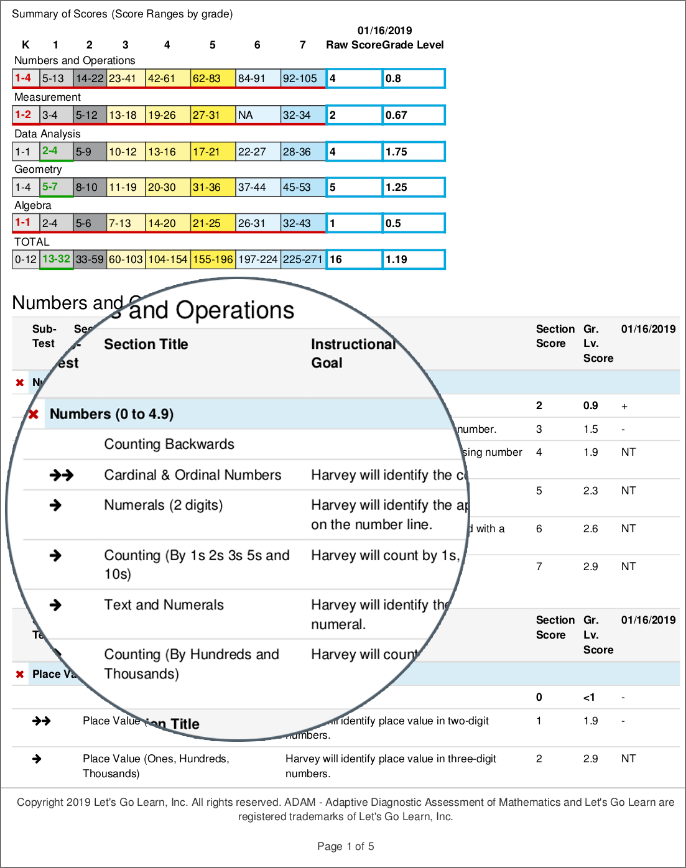
Teachers obtain transparency into each student’s learning trajectory and expand teaching opportunities.
As students work within LGL Math Edge, all progress is captured within the platform and becomes instantly available in easy-to-understand, actionable data reports for teachers. Reports are available at the student, classroom, or school level.
Teachers can explore shareable reports for an individual student or for the whole class, and use data to plan whole-class or small group instruction or to target skills and concepts for scaffolding.
With easy access to diagnostic and progress-monitoring data, educators can develop PLAAFPs and IEPs or inform conversations about academic performance to use during parent meetings.
Ensure mastery of skills with research-based instruction that adapts to skill gaps and provides practice opportunities.
LGL Math Edge Key Features at a Glance
Common Questions
Will LGL Math Edge support learning loss or unfinished learning due to the pandemic?
How does Math Edge compare to iReady in math?
Will LGL Math Edge fulfill the Texas HB4545 legislation requiring immediate intervention in the fall for any student with a non-proficient on the STAAR state test?
Does LGL Math Edge work for students with IEPs?
What is supplemental instruction?
Can I use LGL Math Edge during a Zoom session?
Can I use LGL Math Edge as part of special education services?
Will LGL Math Edge help students who have the neural condition called dyscalculia?
For more detailed information, please review our blog article about dyscalculia called “Dyscalculia Intervention: Definition and Treatment for Students Who Struggle with Math.”


